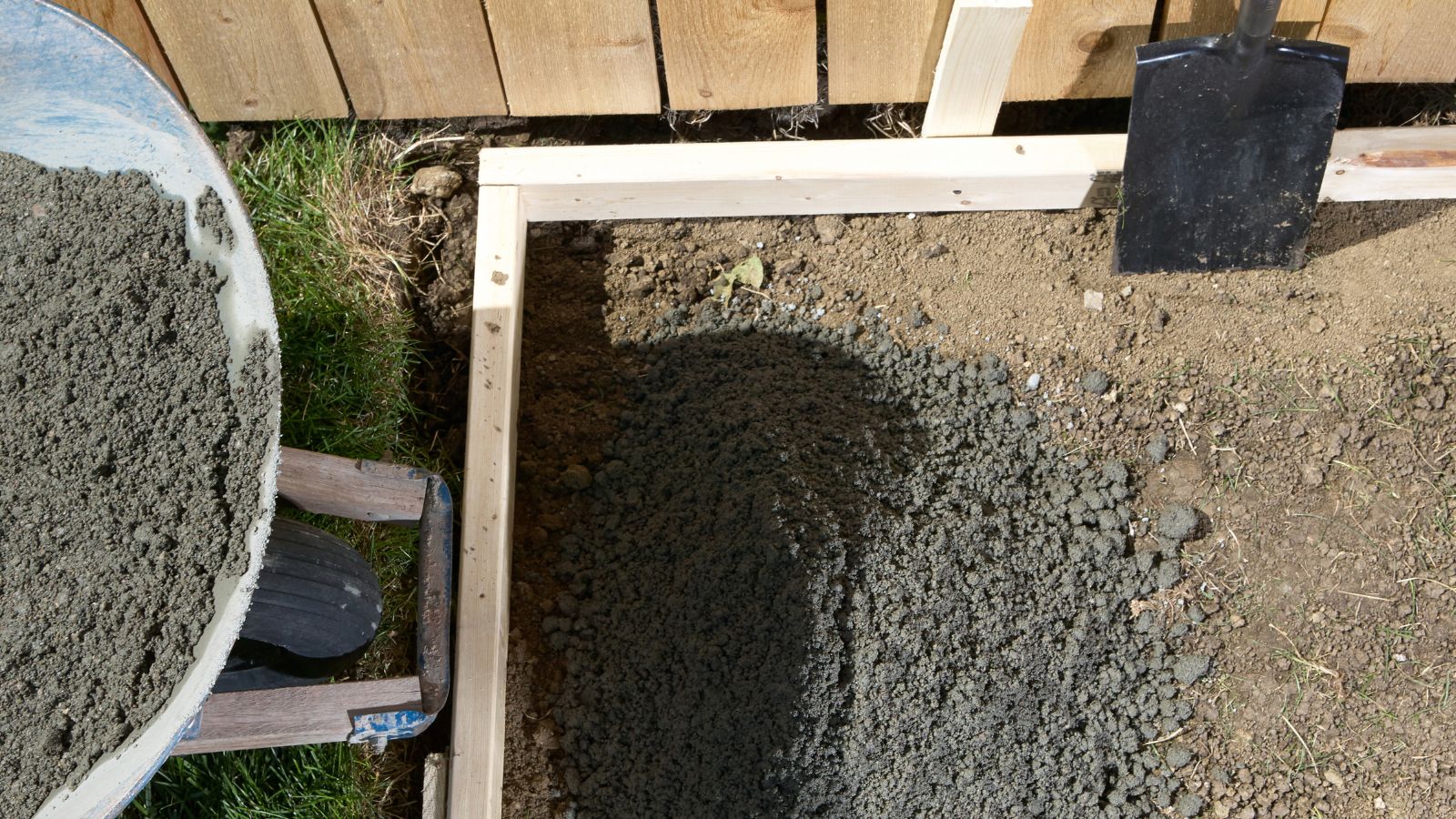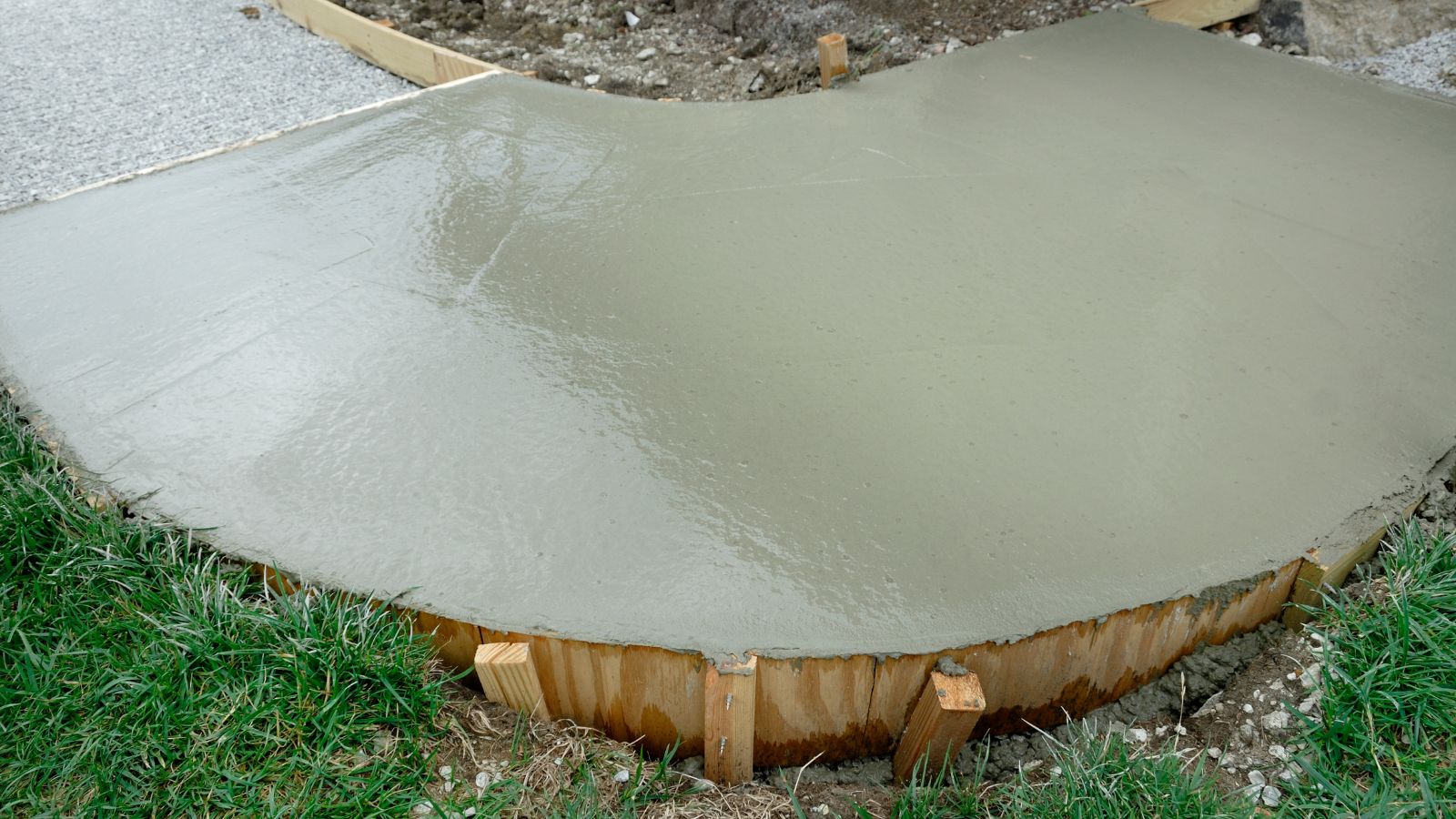Unleashing creativity has never been as concrete as it is with DIY concrete projects. This versatile material isn’t just for builders and contractors; it’s a playground for crafters and DIY enthusiasts too. From stylish home décor to functional outdoor fixtures, the possibilities are endless.
Concrete DIY projects are not only cost-effective, but they also offer a unique blend of durability and aesthetics. Whether you’re a seasoned DIYer or a curious beginner, you’ll find that working with concrete opens up a new world of design possibilities.
Concrete Diy Projects
In the realm of do-it-yourself (DIY), concrete offers impressive potential. For both beginners and seasoned enthusiasts alike, understanding the basics of working with concrete paves the way for a myriad of creative projects.
The Basics of Concrete Mixture
Concrete’s inherent versatility lies in its simplicity, a blend of three essential components: water, aggregate, and cement. Not a beverage, though hydration’s integral to its function. To customise a concrete mix, a DIYer modulates the ratio of these ingredients. Here’s a simplistic outline to fathom the role of each component:
- Water: Leads the activation of cement hydrated compounds, impacting the workability and strength of the finished product.
- Aggregate: Constitutes the bulk of the concrete mixture—think pebbles, sand or crushed rocks.
- Cement: The binding agent, fusing the aggregate together upon the addition of water.
Mitigating factors such as temperature and curing time also bear influence over the finished product’s properties. Hence, successful DIY operators become sculptors of circumstance, manipulating conditions to achieve desired concrete characteristics.
 Materials and Tools Required for Concrete DIY Projects
Materials and Tools Required for Concrete DIY Projects
Venturing into any concrete DIY project necessitates gathering specific materials and choosing the appropriate tools. This section explains what items are crucial for a successful project.
Gathering Your Materials
For any concrete DIY project, acquiring the essential materials provides the foundation. A concrete mix becomes a primary requirement. The type of mix picked depends on the desired final product, as discussed in previous sections.
Other indispensable materials include items such as water, mixer, mixing tub or wheelbarrow, and protective gear. Protective gear, highlighted in the safety section, comprises gloves, goggles, and a mask. It’s recommended that anyone handling concrete don the proper gear to avoid unnecessary health complications.
Lastly, mould is also essential. The type of mould depends on the specific project: cylindrical moulds for concrete planters, square or rectangular ones for bookends or paperweights, and so on. It’s important to select the appropriate mould for the task at hand.
Choosing the Right Tools
Picking the appropriate tools is a critical part of concrete DIY projects. Some commonly used tools are floats (used to smooth the surface of the concrete), edgers (used to create professional edges), power drills (for mixing smaller volumes of concrete), and concrete vibrators (for eliminating air pockets and consolidating the mix).
In addition to the above, tools like buckets—for carrying materials—and shovels—for mixing by hand—are also handy. Opting for the right set of tools not only makes the project efficient but also enhances the quality of the finished project.
 Popular Concrete DIY Projects for Beginners
Popular Concrete DIY Projects for Beginners
The introduction to concrete crafting is made simpler with the initiation of easy-to-handle projects, designed specifically for beginners. Learning the basics of concrete crafting starts with small, manageable tasks that allow newbies to fully grasp the intricacies involved.
Making a Concrete Planter
To make a concrete planter, start by selecting a suitable mould – generally, two boxes of different sizes. Following the preparation of the concrete mix, it’s poured into the larger mould. Then, place the smaller box in the centre, creating a cavity for the plant. Once dry, remove the boxes to reveal a concrete planter that boasts simplicity with a touch of industrial chic.
Crafting Concrete Coasters
For those looking for an aesthetic twist, crafting concrete coasters emerges as a fantastic starting project. The process includes the usage of silicon moulds, offering a range of designs to choose from. To make a concrete coaster, simply prepare the mixture, pour it into the silicon mould and let it set in. After sufficient curing time, remove the coaster from the mould.